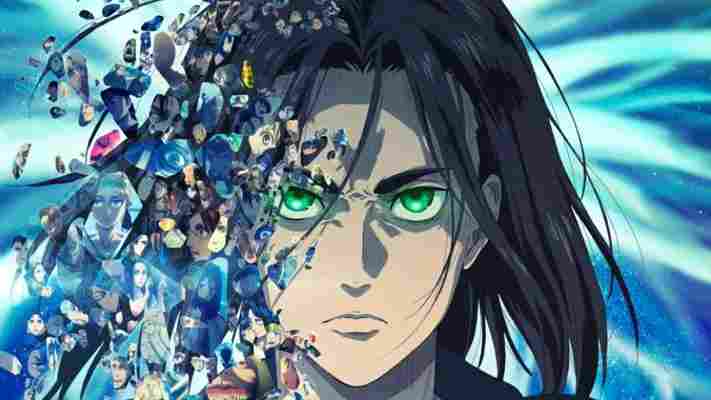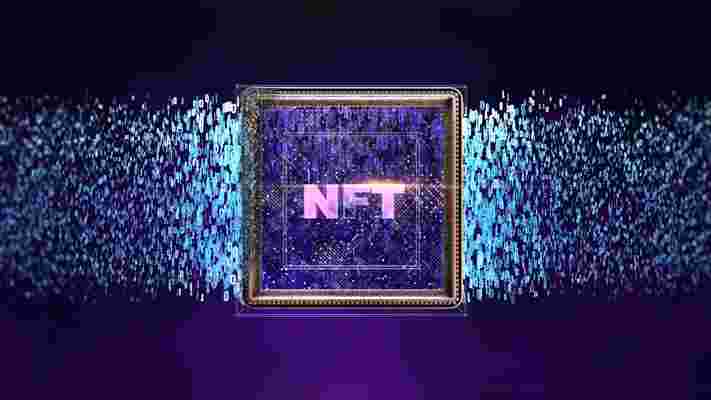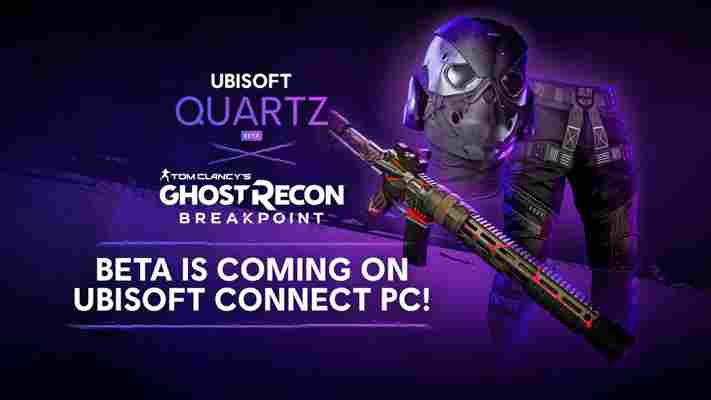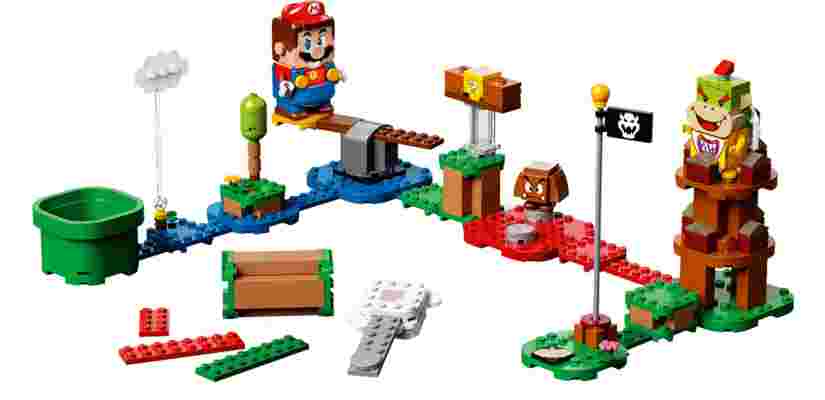The final two episodes of Attack on Titan air this month. Attack on Titan, season 4, part 2, episodes 77 and 78 hit streaming services, today, January 16, and on January 23, next Sunday, and you can watch them both with free trials from Funimation or Crunchyroll . If you have time to catch up on the entire Attack on Titan back catalog before then, we'll be very impressed (and kind of jealous too).
The Attack on Titan TV series adaptation of the original Manga story first hit screens in 2013 and faithfully produces a tale of a time and place where people have been subdued by an emergent race of Titans, with the last remaining humans now living in a walled civilization safely protected from their man-eating enemy.
Now four seasons and nine years into the run, the plot has escalated to a state of all-out war. Will Eren Jaeger and his friends survive? There are just two episodes to go to find out: episode 77 'Sneak Attack' and episode 78 'Two Brothers'.
We have all the details you need below on how to watch Attack on Titan part 2 of The Final Season wherever you are. Don't forget to take advantage of the Funimation FREE trial and to use a VPN you need one.
Watch Attack on Titan, season 4, part 2 online
Where can I watch Attack on Titan, part 2 from?
Between Funimation and Crunchyroll, you should be able to watch all of the Attack on Titan episodes from almost anywhere in the world. It is also available on Hulu for those in the States. You can get Hulu as part of the Disney bundle or use the free trial.
Funimation is available in United States Canada, UK, Australia, New Zealand, Mexico, Ireland and Brazil. You can sign up to Crunchyroll worldwide with one or two exceptions.
It's also important to note that the library is not the same for every country. If you're away from home and find Attack on Titan blocked, then you'll need to use a VPN to watch it. Full details below.

How to watch Attack on Titan, season 4, part 2 online from anywhere
If you're a subscriber to Funimation or Crunchyroll but find yourself stuck abroad in a country where the service isn't available or you can't log-in as usual, that's probably down to geo-blocking restrictions.
Downloading a VPN will solve the problem and allow you to watch any Attack on Titan episode no matter where you are. Here's how to get started.
How to use a VPN
Using a VPN is as easy as one-two-three...
1. Download and install a VPN - as we say, our top choice is ExpressVPN
2. Connect to the appropriate server location - open the VPN app, hit 'choose location' and select the appropriate location, possibly 'UK' for Funimation or Crunchyroll.
3. Go to the broadcaster's stream - head to your home broadcaster's site or app and watch as if you were at home - so Funimation, for example
More like this:

Don’t believe the hype: The NFT revolution in gaming is a downgrade
Since making major headlines near the start of 2021, NFTs have evolved from the fad everyone expected would die off to become the latest unstoppable arm of the crypto-driven machine.
NFT s are creeping into everything, with all forms of art and entertainment at risk of becoming yet another commodity. The latest casualty in what is becoming NFT big business is the video game industry: every week, yet another big-name studio, publisher, or games storefront is incorporating NFTs into its 2022 business plan.
But what can NFTs offer video game players? Companies promise these digital assets will enhance players’ experiences, but the truth is that video game NFTs aren’t an upgrade to our current system at all - and here’s why.
What are NFTs?
Talk of NFTs is widespread these days so most of you probably know what they are. Still, for those of you who aren’t up on this latest tech trend, NFTs, also known as Non-Fungible Tokens, are unique digital objects or assets.
If we have an MP3 file and you want that same MP3, all we have to do is hit copy and paste to create a replica to send over to you. This means that the MP3 is fungible, because two copies of the MP3 file are fundamentally the same - you won’t be able to distinguish the original from the copy. You can have one; everyone can have one.
Now imagine you want something different, more unique, like the Mona Lisa. As any art enthusiast will tell you, we can’t just take a photo or paint our own version and claim the copy is identical to the original; the replica is not the same as the original painting, so the Mona Lisa is classed as non-fungible.

NFTs are digital assets that have been minted on the blockchain - the tech behind cryptocurrencies like Bitcoin and Ethereum. These digital assets become files that you can’t just copy and paste. Like the Mona Lisa, that makes these digital assets non-fungible.
Naturally, the situation gets a little more complicated when you get down into the nitty-gritty, but for all intents and purposes, NFTs are designed to be distinct digital objects that you can’t duplicate.
How do NFTs fit into video games?
Video games and NFTs collide in one of two ways.
For the most part, video game NFTs look similar to the Konami Memorial NFT Collection that is launching in time for the 35th anniversary of Castlevania.
Those who buy these NFTs will receive a digital stamp - kind of like a certificate - stating they own the pixel art, music track or clip. There might also be other perks, as in the case of Konami NFTs. Konami will also include your name on its website and provide owners of each NFT with content that "can only be unlocked and revealed by the owner."
Overall, the offerings with this type of NFT are fairly standard, and it’s what we’d expect for an NFT collection - whether it's related to games or not.
Now, there’s another type of NFT that we’re starting to see examples of within video games. Ubisoft has some trial versions of this type of NFT in Ghost Recon Breakpoint ; Square Enix also seems interested in the idea.
Through its Ubisoft Quartz platform, players in certain regions can claim or buy NFT cosmetics called Digits. Digits have been minted using the Tezos blockchain, but otherwise work just like any other cosmetic item in the game - you can utilize them to give your character a unique design, but you gain no functional benefits.
NFT-cosmetics are distinct from standard collectible NFTs, in that each Digit will only be available to buy from Ubisoft for a set period of time - before going away forever. This means that if you want that particular Digit in the future, the only way you’ll be able to get it is by trading with someone who already owns it.

While Square Enix hasn’t officially unveiled its NFT plans, company president Yosuke Matsuda recently published a letter explaining how NFTs will create opportunities for those who "play to contribute." In other words, NFTs at Square Enix might be part of a marketplace for user-created content within games.
If you’re thinking, “Huh, that sounds pretty cool actually,” you're not wrong. The ability to trade cosmetics or sell your own in-game creations would be a useful addition to plenty of games - which is why plenty of video games already include these types of systems. There’s no need for a blockchain to create something that is already in place.
Roblox, Counter-Strike: Global Offensive, Star Wars: The Old Republic , and RuneScape are just a few of the games that contain systems that facilitate in-game item trading between players.
Sure, not all in-game markets are equal - some let you use real money or in-game currency that can be converted into cash, while others only let you use virtual bucks that remain trapped in the game - but the core concept of player-to-player trading exists, and works.
User creation is nothing new either, and several games have already found ways to monetize user-generated content so that creators can be compensated for their work.
If a Metaverse takes off and our digital spaces become more integrated and long-lasting, then NFTs could be put to good use in creating reliable digital-only commerce. But for now, there’s really no need to rely on them since our games are years away from functioning as a proper metaverse.
In fact, there are plenty of solid reasons why we should be avoiding NFTs.
Why we don’t need NFTs in video games
For one thing, cryptocurrencies are still fairly volatile - some longstanding coins are a bit more reliable but the past couple of years have shown us that any coin can fall from an Everest-esque peak to a Marianas trench-like trough at the drop of a hat.
If the cryptocurrency the NFT is minted on takes a dive, the value of these digital assets could plummet, leading to plenty of angry players and investors who were sold on the new technology.

Additionally, while games like Ghost Recon Breakpoint are popular now, what will the player base be like in five or even 10 years’ time? By then, Ubisoft will likely have released a few more entries in the series and the older game will have been abandoned by players in favor of the new hotness. Breakpoint's servers may even be at risk of being switched off permanently.
Who will want a cosmetic NFT for a defunct game?
On top of that, the environmental impact of cryptocurrency mining - a practice NFTs are reliant on - is huge.
Bitcoin farming produces an estimated 60 million tons of CO2 annually, while Ethereum produces nearly 17 million tons of CO2 annually. A country with this combined carbon footprint would be the 48th worst CO2 polluter in the world ; but given that over 8,000 currencies exist, the environmental impact is likely much worse.
The present and future of NFTs in video games
NFTs do not currently provide anything worthwhile to video game players, and we’ve long known how detrimental crypto blockchains are to the environment. So why are NFTs being incorporated into video games?
Considering our opinion that NFTs currently offer nothing new in the video game world, it’s hard not to feel like NFTs are just yet another cash grab, incorporated into video games by publishers and studios looking to bank off the latest industry buzzwords.
If this is the case, it makes perfect sense: the sale of NFTs has been a huge revenue generator for creatives throughout 2021, and continues to be wildly popular in certain parts of the internet.
The issue here is that studios are over-promising. We’re told that these new blockchain-powered systems will create unique and special opportunities within the games we love - but the features being implemented right now aren’t anything new.
Some people have speculated on the awesome potential of NFTs, such as Linkin Park's Mike Shinoda , who envisions a future where one cosmetic skin could be used by a player across a range of games from different publishers. That sounds nice. Unfortunately, the video game industry doesn't currently cooperate like this, having no kind of a shared space.
Even if something like this could ever become a reality, such a system would require a lot of effort and input from design teams of competing brands, and you know what they say about too many cooks in the kitchen.
The situation could theoretically change - never say never - but don't hold your breath expecting the video game NFTs you buy right now to ever be available in a title other than the one you purchased it in.
And thankfully, today’s gamers are quick to point out all of these issues and don’t seem that interested in engaging with NFT content.
Early estimates suggest that Ubisoft managed to sell just 15 NFTs through third-party vendors in the month following its Quartz announcement. Additionally, the developers of Stalker 2 abandoned their NFT plans following online backlash.
While other studios still seem dead set on including NFTs in their latest projects, we’re hoping players will continue to be loud about their rebellion against such plans, forcing change based on player preferences - at least until NFTs are cleaned up and incorporated in a way that provides a meaningful enhancement.
These bricktastic PS5 and Xbox Series X Lego sets could become a reality
If you thought the Super Mario 64 Lego set was awesome, then you're in for a treat. A creative Lego builder has come up with designs for PS5 and Xbox Series X Lego sets – and they're pretty impressive.
Twitch streamer and Lego aficionado BrickinNick revealed on Twitter that he's submitted two designs to the Lego Ideas project: one for a PS5 Lego set and the other for an Xbox Series X Lego set (via GameInformer ).
The sets themselves are pretty cool – though they would likely need some polishing before hitting store shelves. The PS5 design is made up of a pretty realistic (for Lego) recreation of the PlayStation 5 console and the DualSense controller . The Xbox Series X, similarly, is made up of an Xbox Wireless Controller and Xbox Series X console recreation. But what we like best about these designs are the details, such as the batteries in the controllers and the hidden video game scenes inside the consoles.
These sets aren't a reality yet, however; the Lego Ideas program requires 10,000 supporters to consider the idea and, at the time of writing, both designs have less than 1,000. If you want to see these sets become a reality, then head over to the design pages, sign up for free and click support – it's entirely free.
Lego Ideas allows Lego fans to submit their design ideas for consideration to become real sets. When an idea achieves 10,000 supporters, then the design is reviewed by Lego experts, who can (if they deem suitable) give the design the green light. In that scenario, the original designer collaborates with Lego designers to finalize the design and bring it to stores.
The process can take years, with fledging designers encouraged to "create a buzz" around their design. Some examples of Lego sets that started as Lego Ideas designs include the Yellow Submarine and Ghostbusters ECTO-1 sets.
Opinion: the rise of gaming Lego

Gaming-themed Lego sets have seen a surge in popularity in recent years, with Lego teaming up with Nintendo to produce Super Mario Lego sets that include a recreation of the NES and an incredibly cool Super Mario ? Block set.
We're hoping that, given the popularity of these Mario sets, we will see Lego expanding into even more gaming-themed designs. And it sounds like that could be exactly what's on the horizon, with rumors suggesting Lego is working on 11 new gaming-themed Lego sets – including late additions to the Overwatch range.
It's unclear exactly what these sets could be, but there are certainly plenty of ideas for the company to take inspiration from on the Lego Ideas website, with entries including Sea of Thieves , The Legend of Zelda and PlayStation 2 designs.
And remember, if you're a Lego enthusiast with a great idea, you can submit your own design at Lego Ideas – though I'm not sure anyone would want to build my Hitman murder set...